CAUGHT: U.S.-Spec 2023 Maserati GranTurismo Grand-Tourer!
Continuing To Be Fine Tuned...
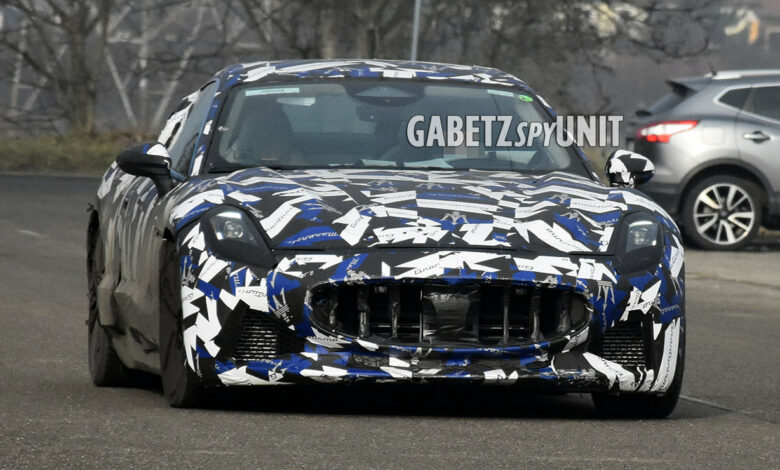
Maserati engineers are continuing to fine-tune the upcoming 2022 Maserati GranTurismo, as we eagerly await its unveiling. But this time, we are seeing even more of the all-new Italian grand-tourer coupe, as it drops some of its “GranTurismo” themed camouflage. This latest tester caught by our friends at GabetzSPYUnit, appears to be a North American-spec model, aimed most specifically at the United States.
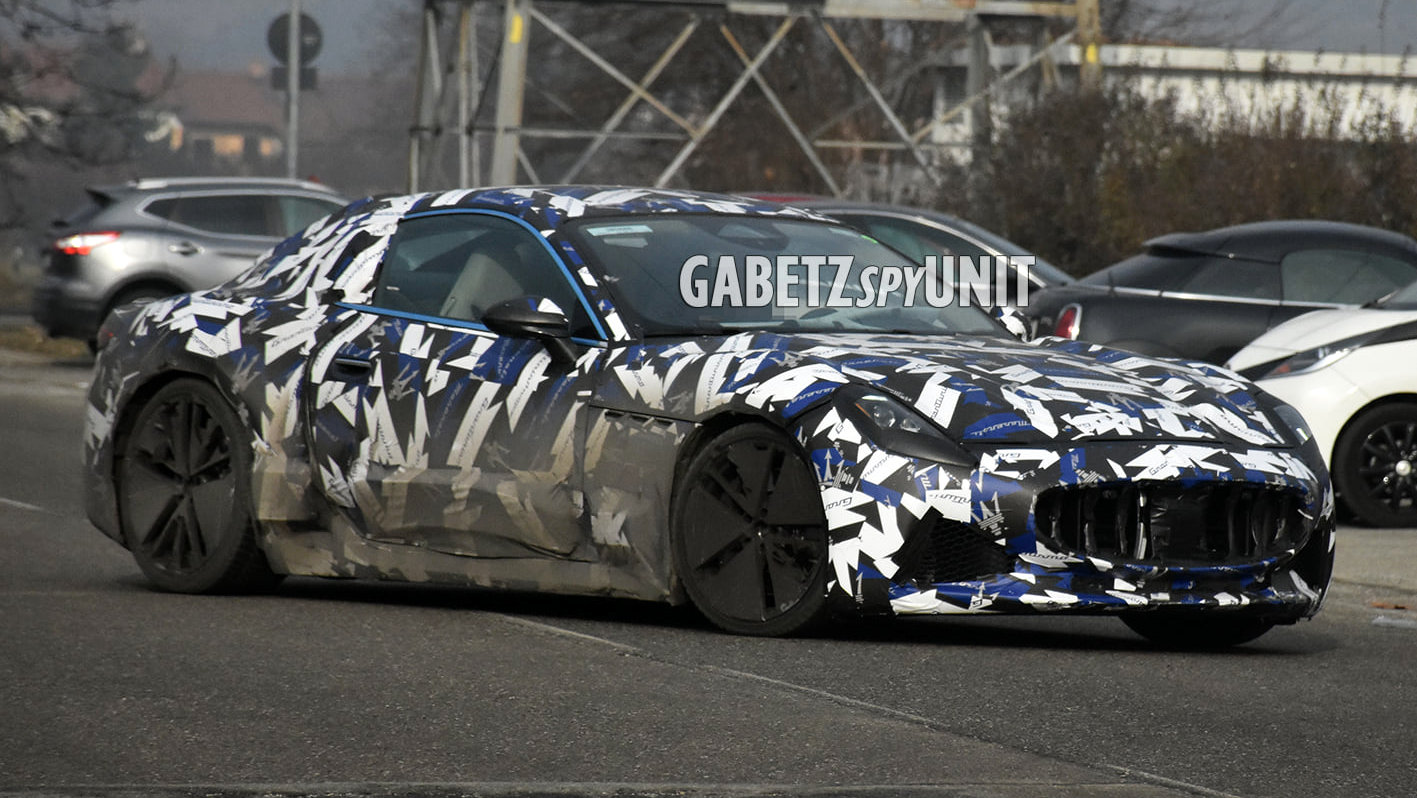
While there will be both an internal combustion engine (ICE) and a battery-electric (BEV) option, this tester packs an ICE propulsion powertrain. Under the hood of the ICE variant, will be the new twin-turbocharged 3.0-liter “Nettuno” (Neptune) V6. The engine is named after the God of Fresh Water and features three new engine technologies for the Maserati brand. This technology was thoroughly described in an earlier MoparInsiders article. It uses both direct and port injection, twin-spark plugs, and combustion pre-chamber in addition to the regular chamber. The goal is to raise the power level and improve fuel efficiency.
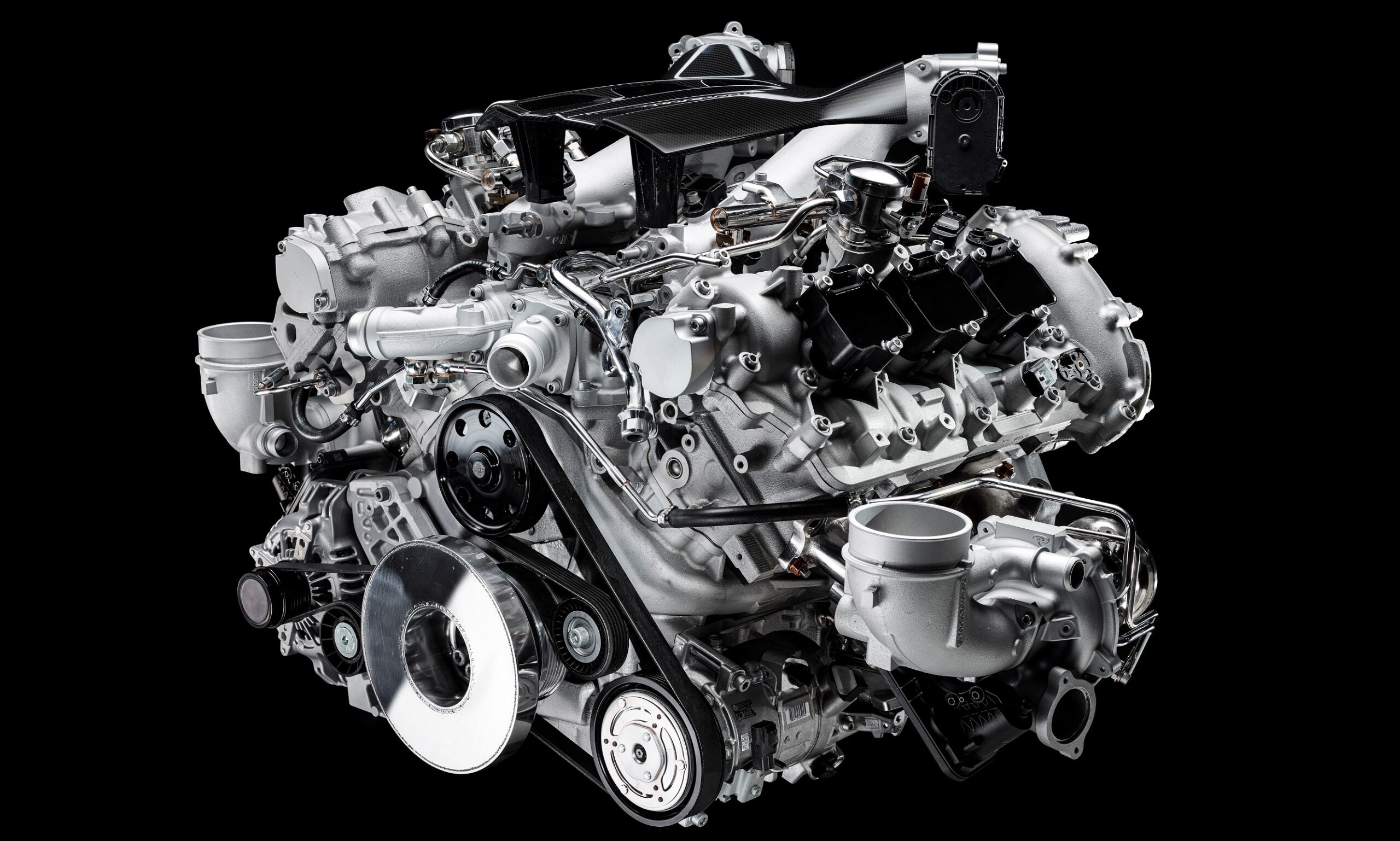
It delivers 630CV (or about 621 horsepower) at 7500rpm and 730 Nm (or 538 lb.-ft) of torque from 3000 rpm with a specific power output of 210CV/liter (or 207 horsepower/liter) in its MC20 configuration. We expect it to be the same in the GranTurismo and the upcoming GranCabrio (the convertible version of the GranTurismo).
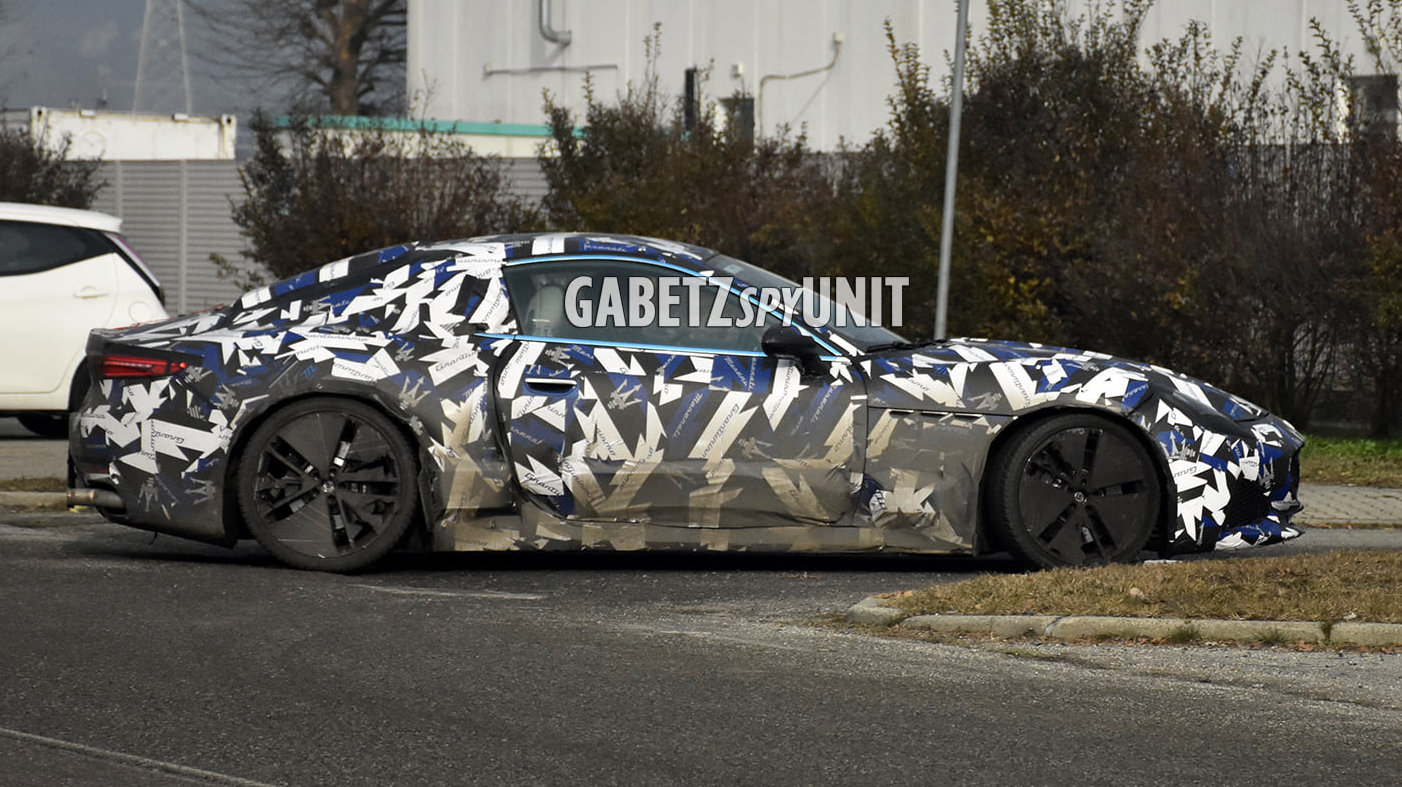
The “GranTurismo”-themed camouflage on this teaser is highlighted in blue, black, and white (different than the grey, blue, and black camo we have seen on other teasers). For the first time, we are getting a good look at the new front fascia air-intakes. The new Maserati grille continues to be pretty much covered up, however, it should be very similar to the new theme seen on the new MC20 super sportscar.
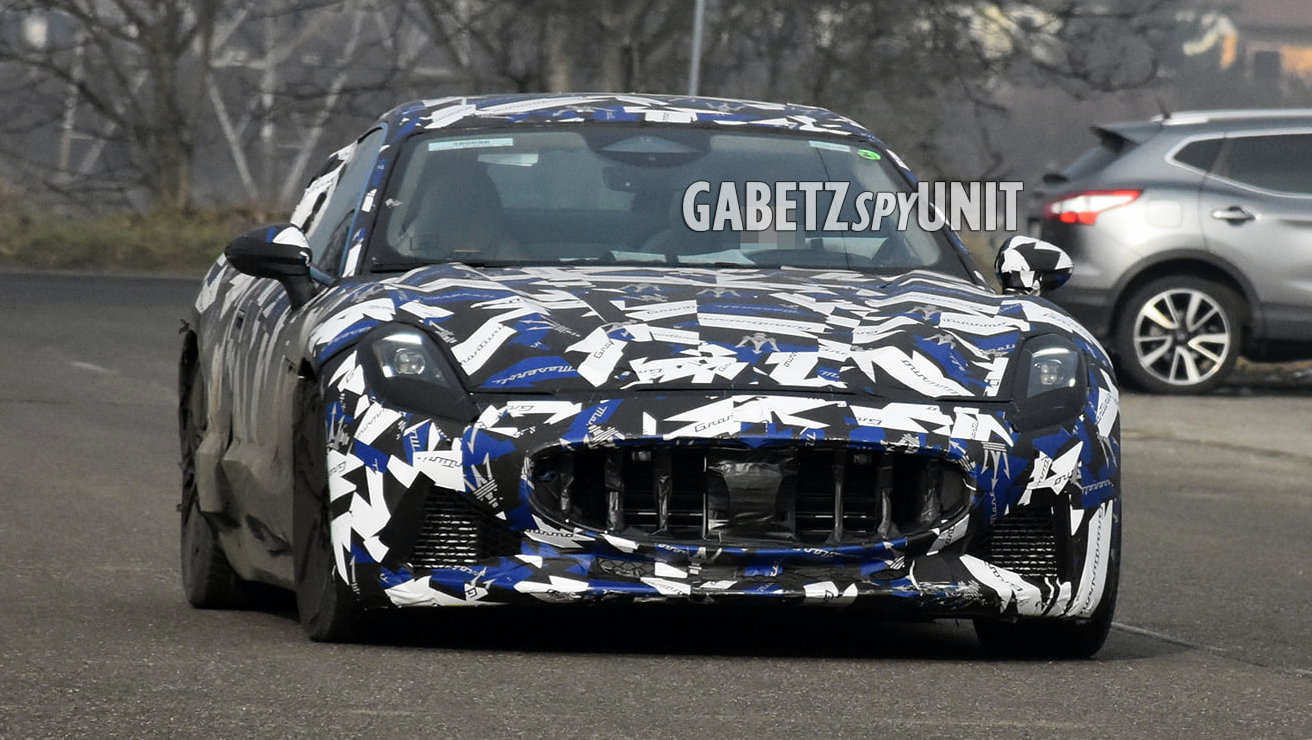
Speaking of the MC20, the GranTurismo gets similar LED headlamps and daytime running lights (DRLs). The units are a major departure from the narrow and long headlamps that wrapped around the front fenders in the previous generation.
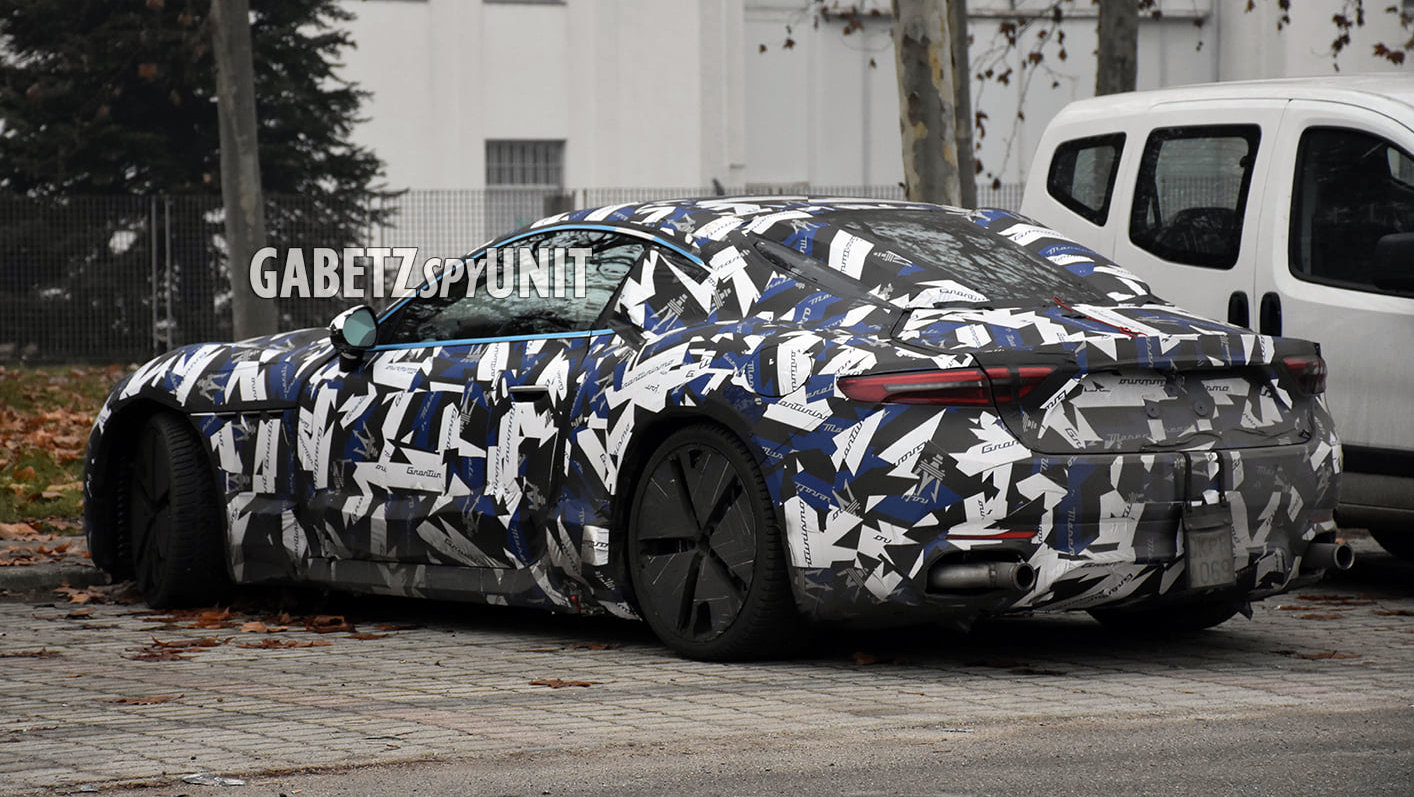
From the side profile, we can also see the more rounded shape of the car’s 2+2 greenhouse. The overall appearance of the car appears to be a lot more sculpted than the outgoing model, as we can see certain body lines through the camouflage vinyl wrap.
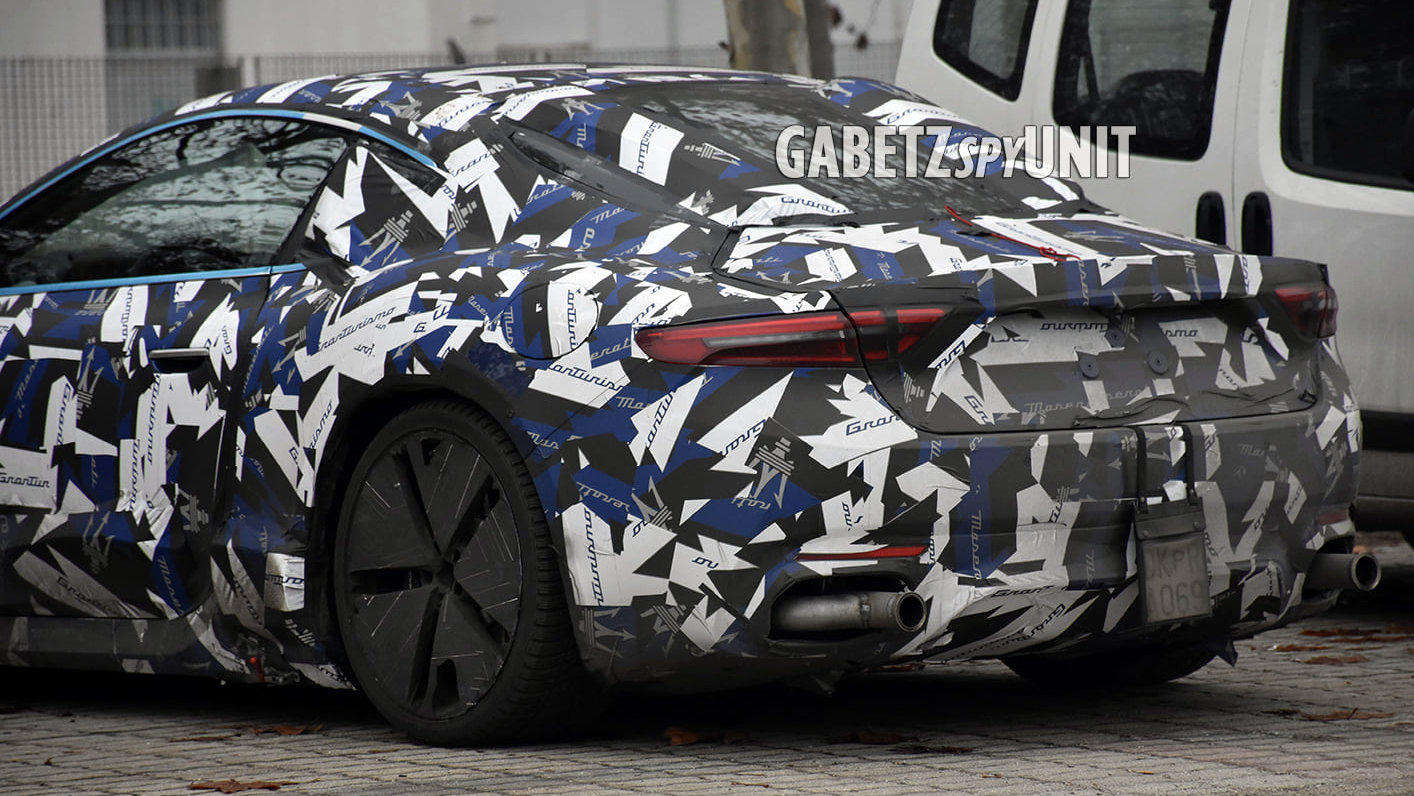
The GranTurismo should make its official debut during the second half of 2022, with production beginning in the fall. The U.S.-Spec models should start landing in dealerships around the end of Q4 2022.
U.S.-Spec 2023 Maserati GranTurismo Image Gallery:

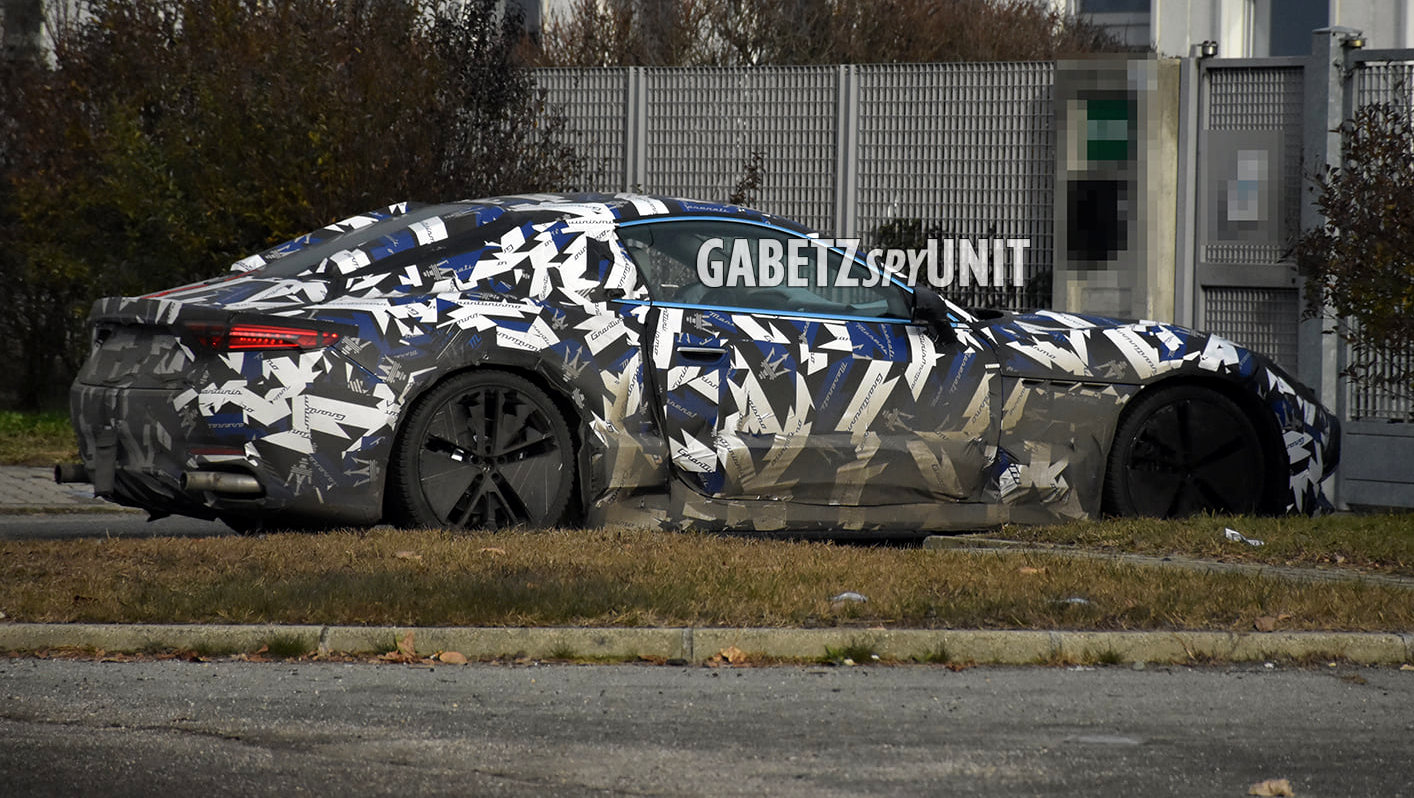
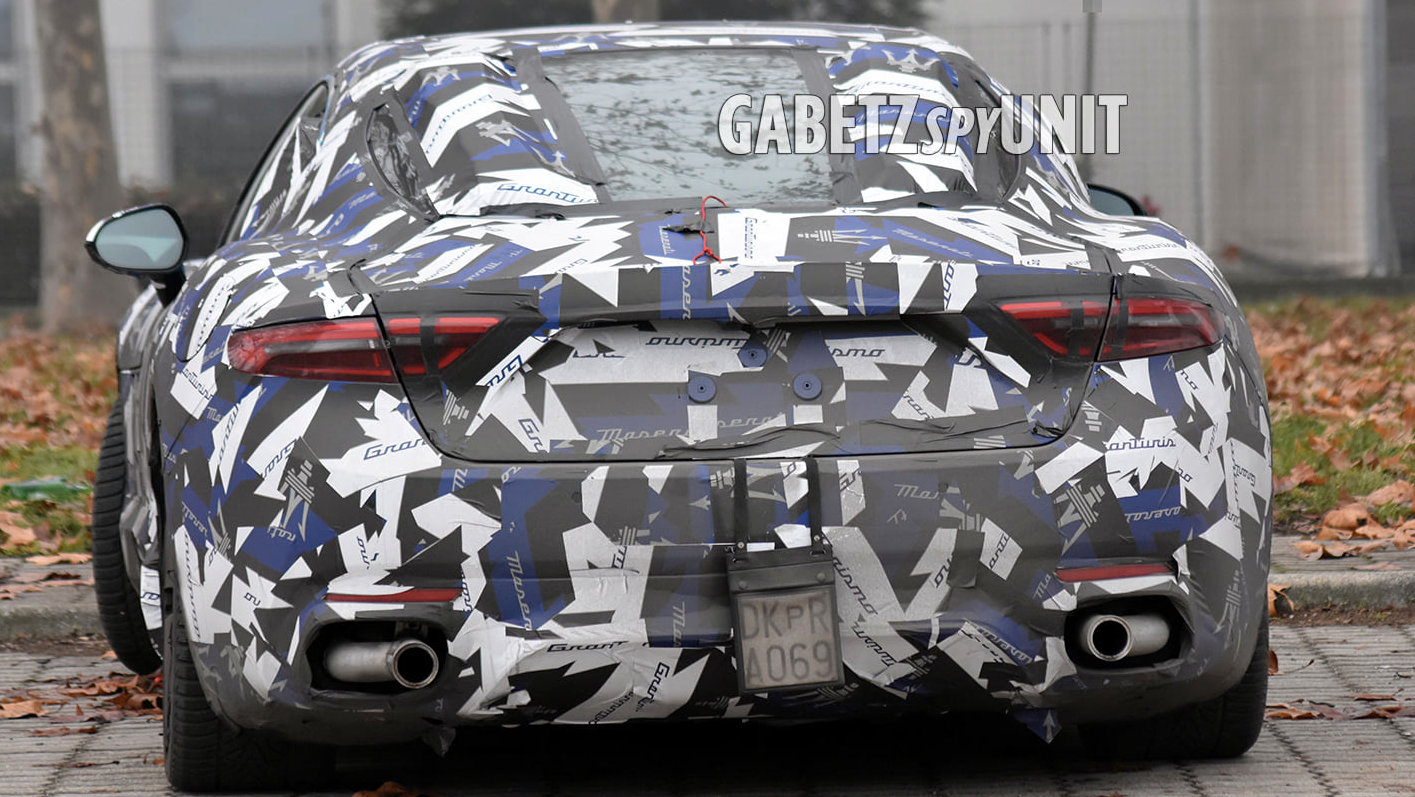
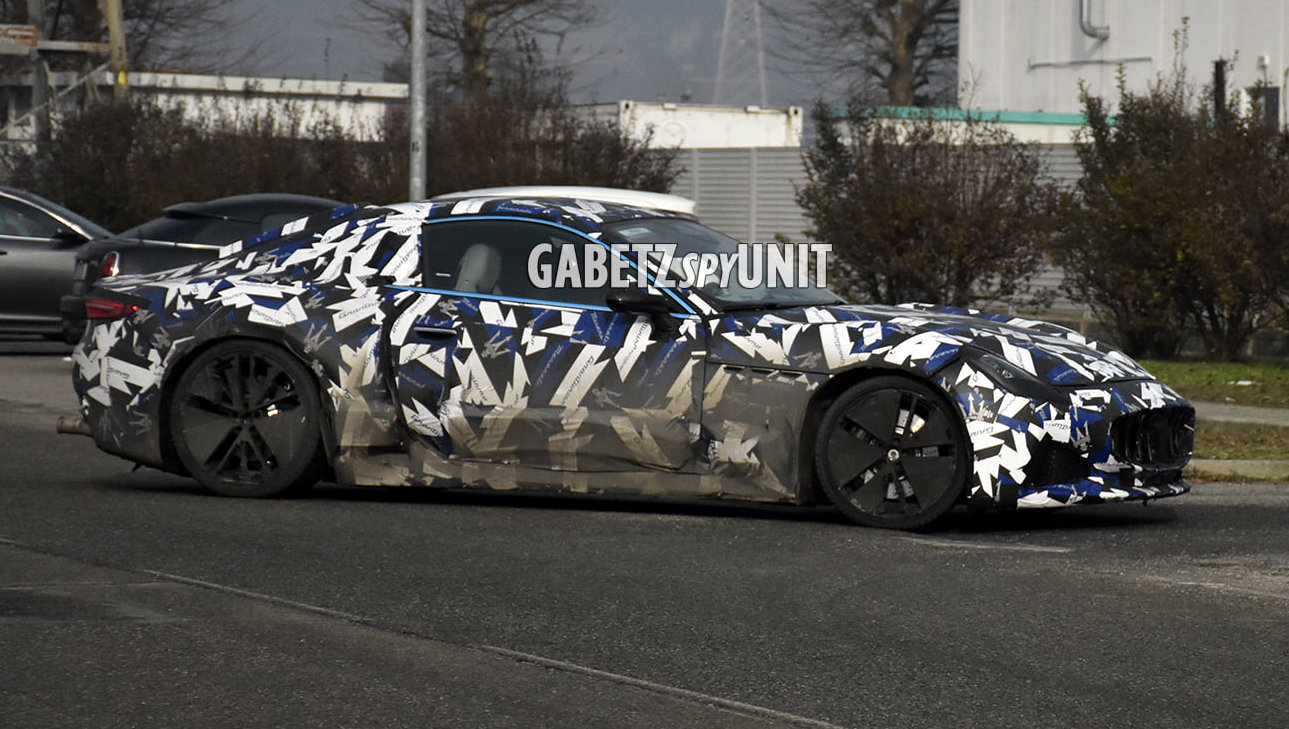
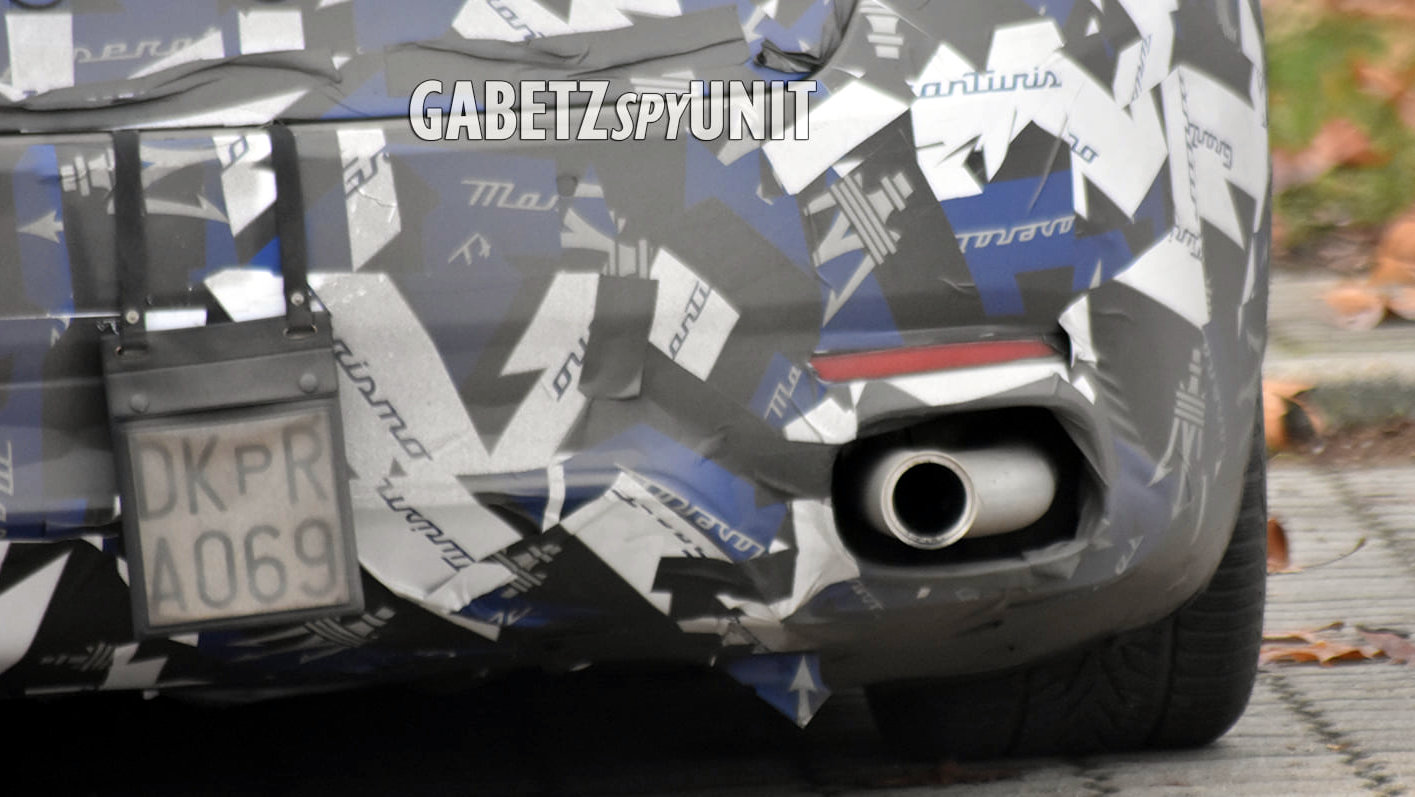
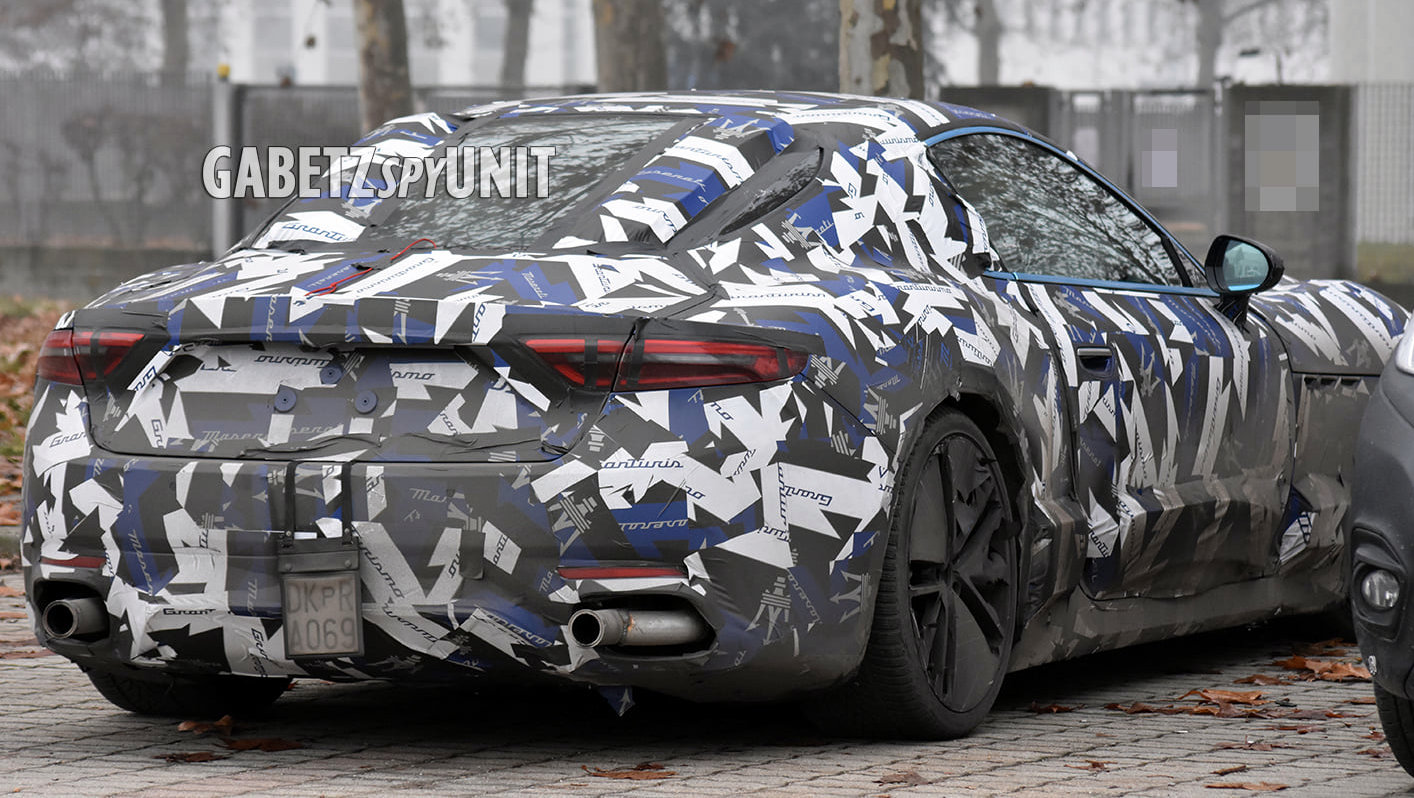
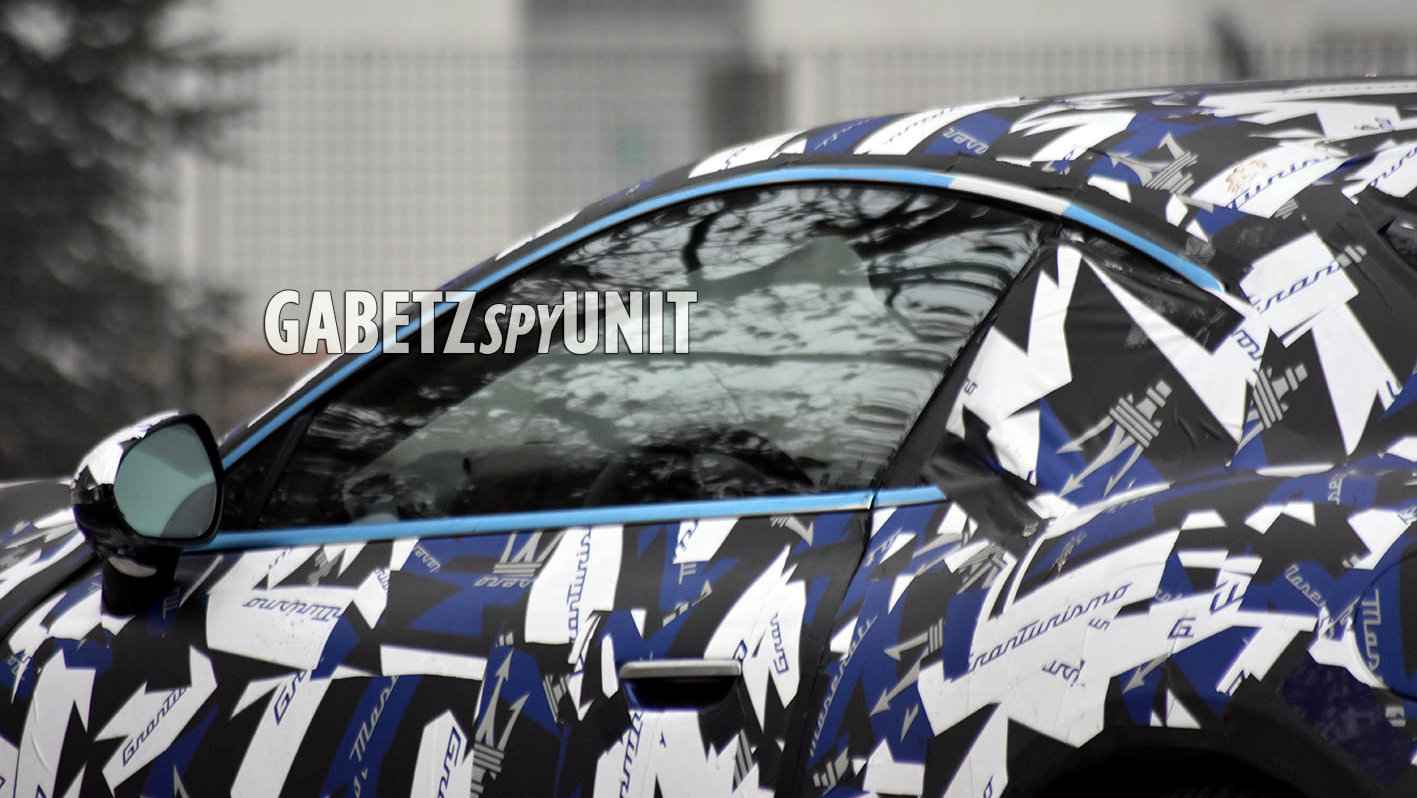
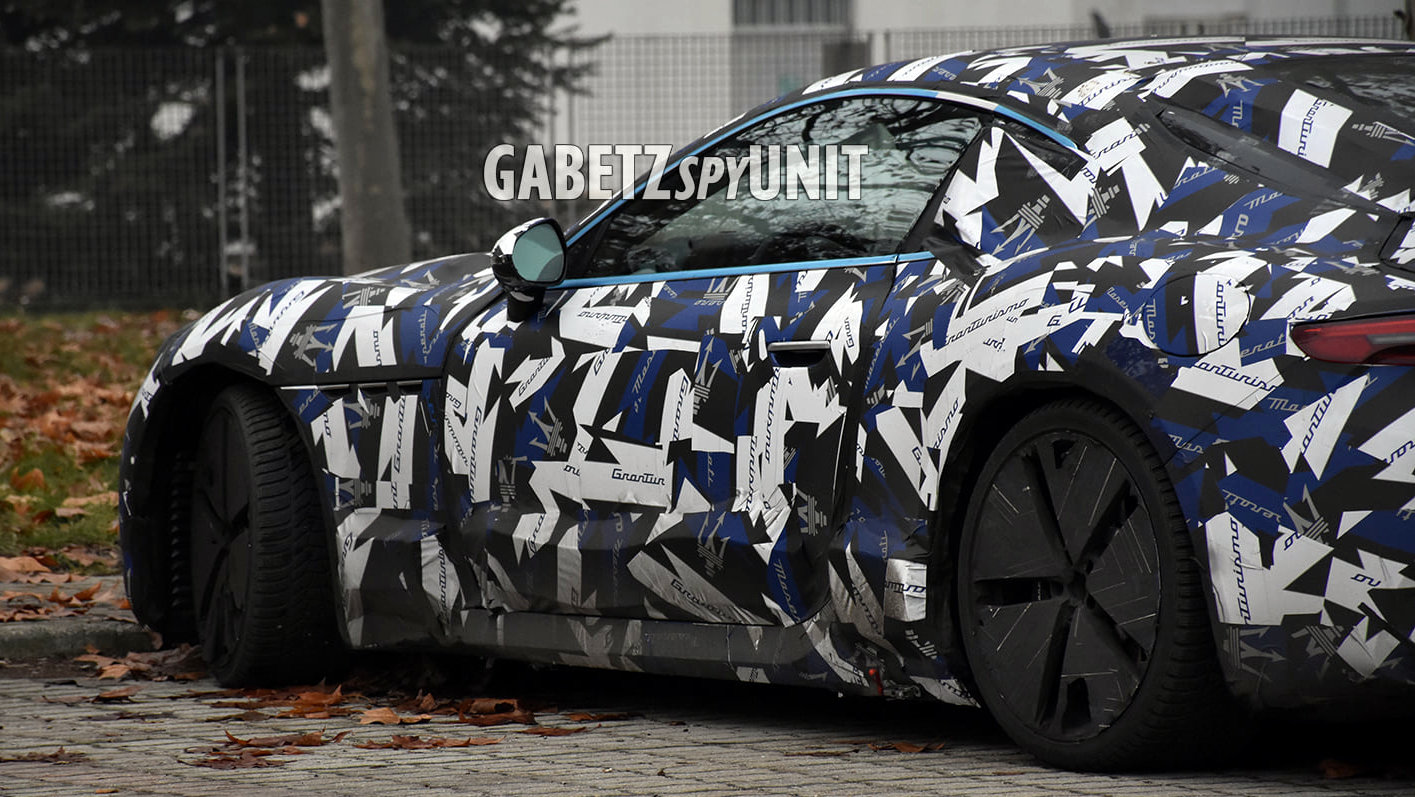
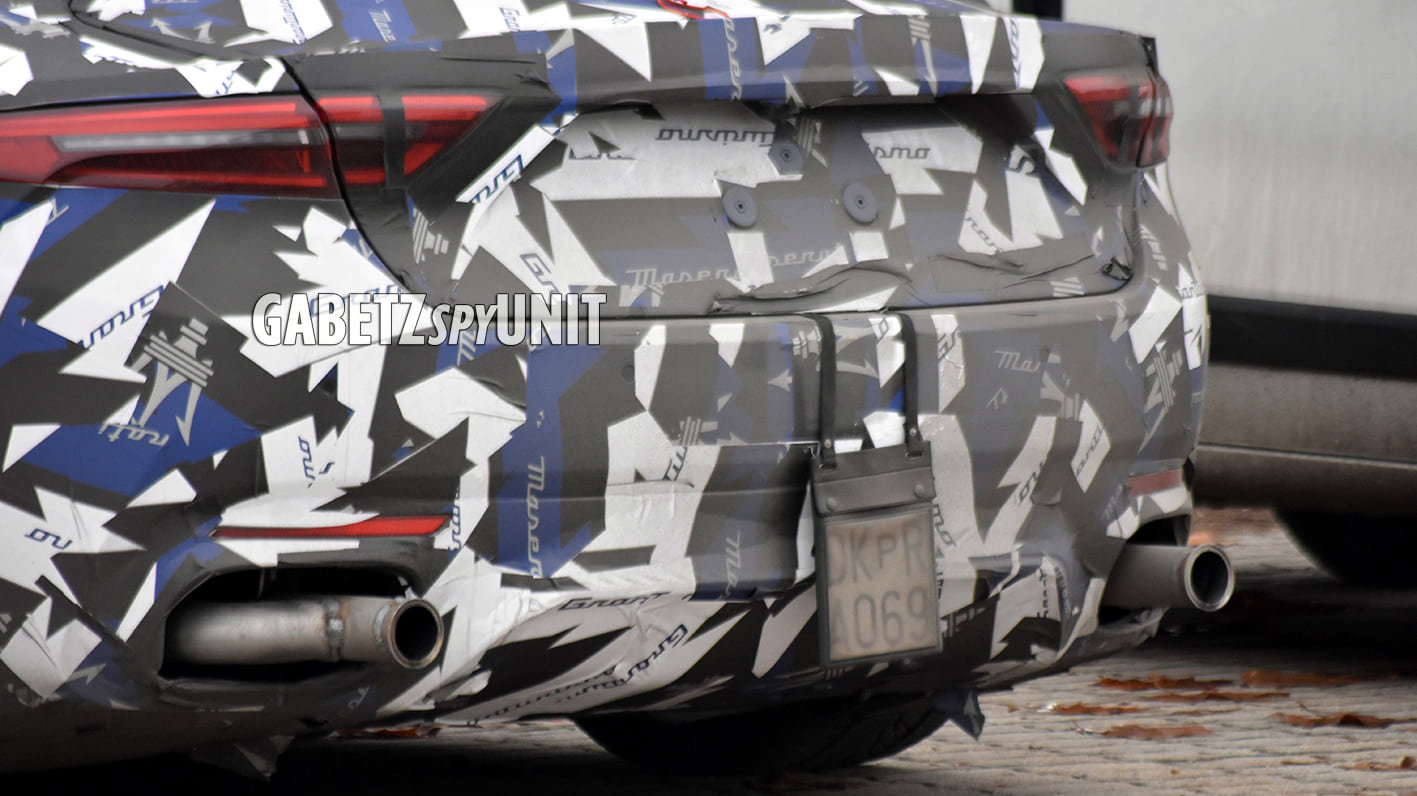
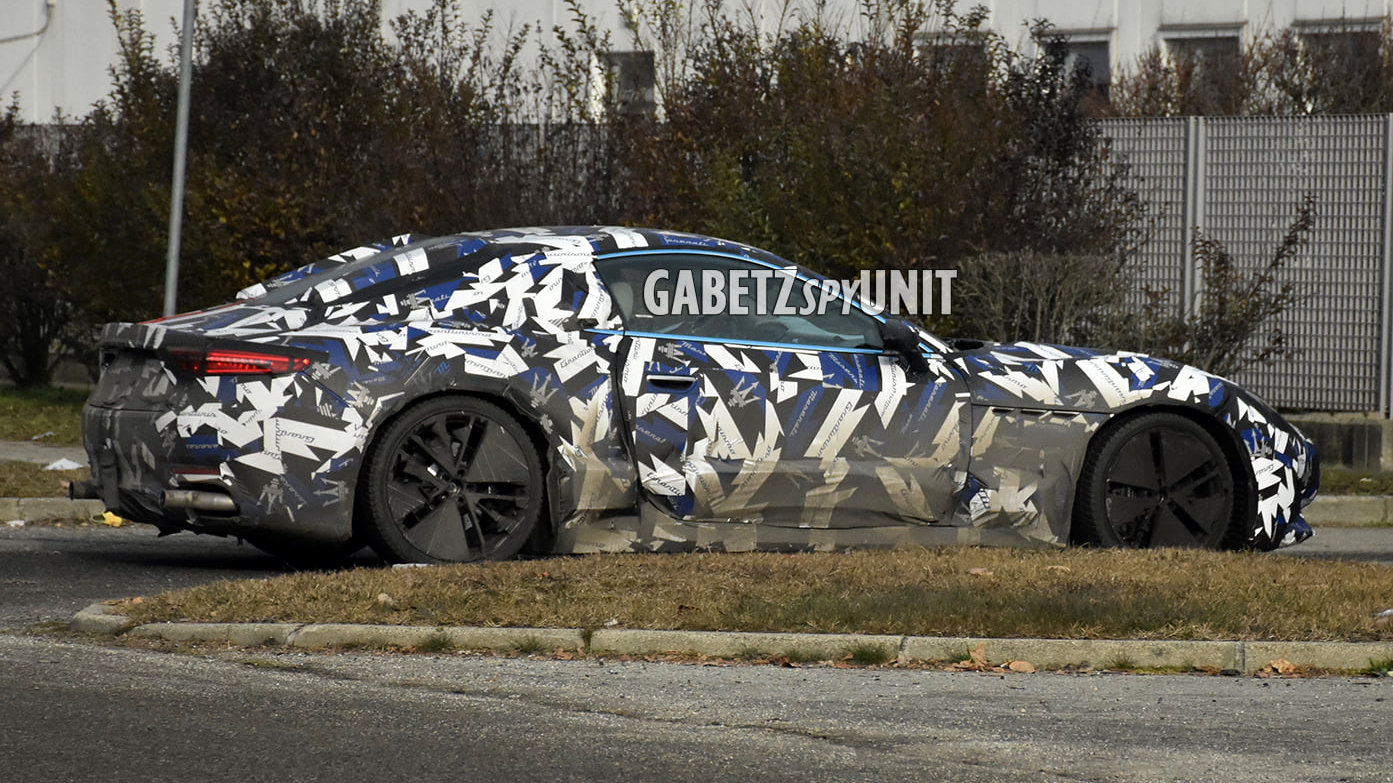
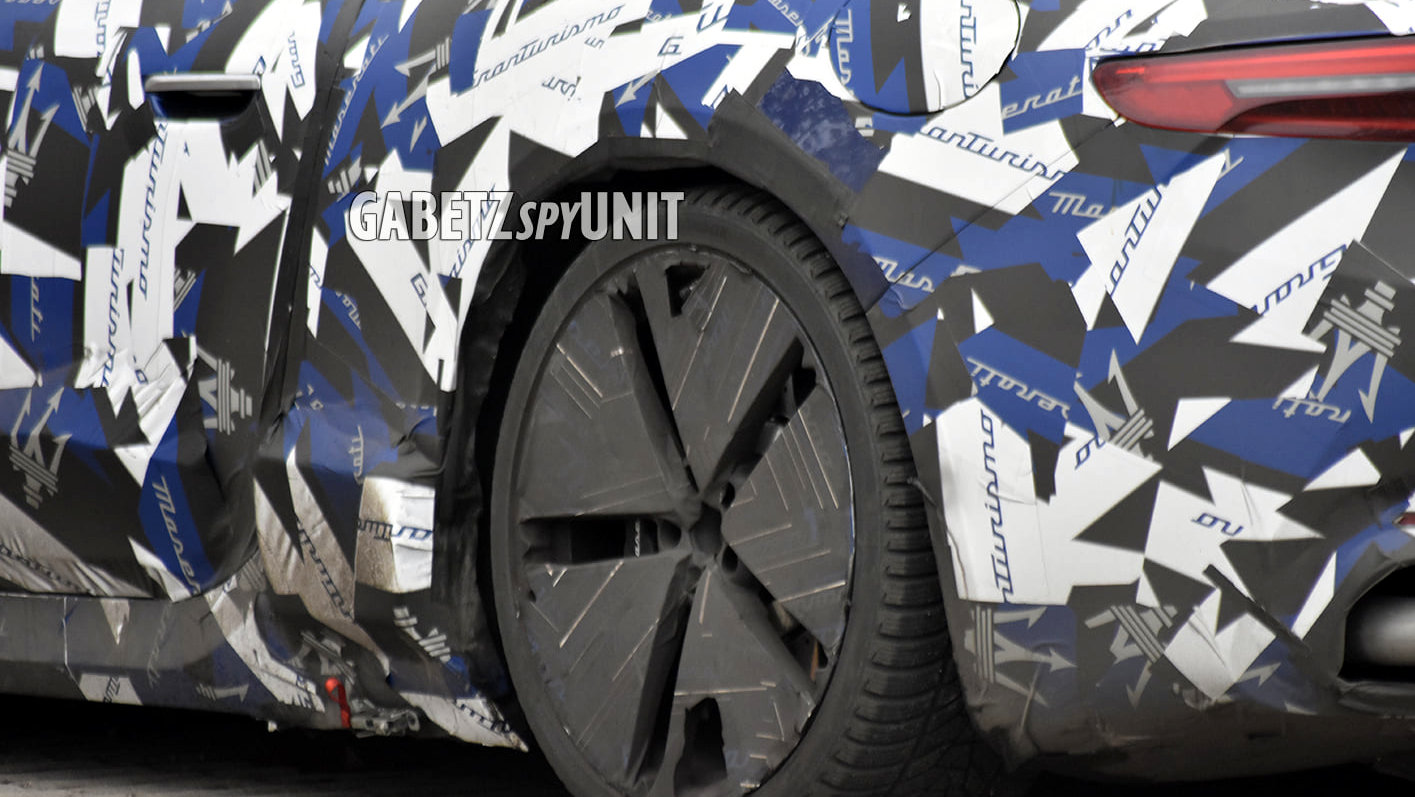
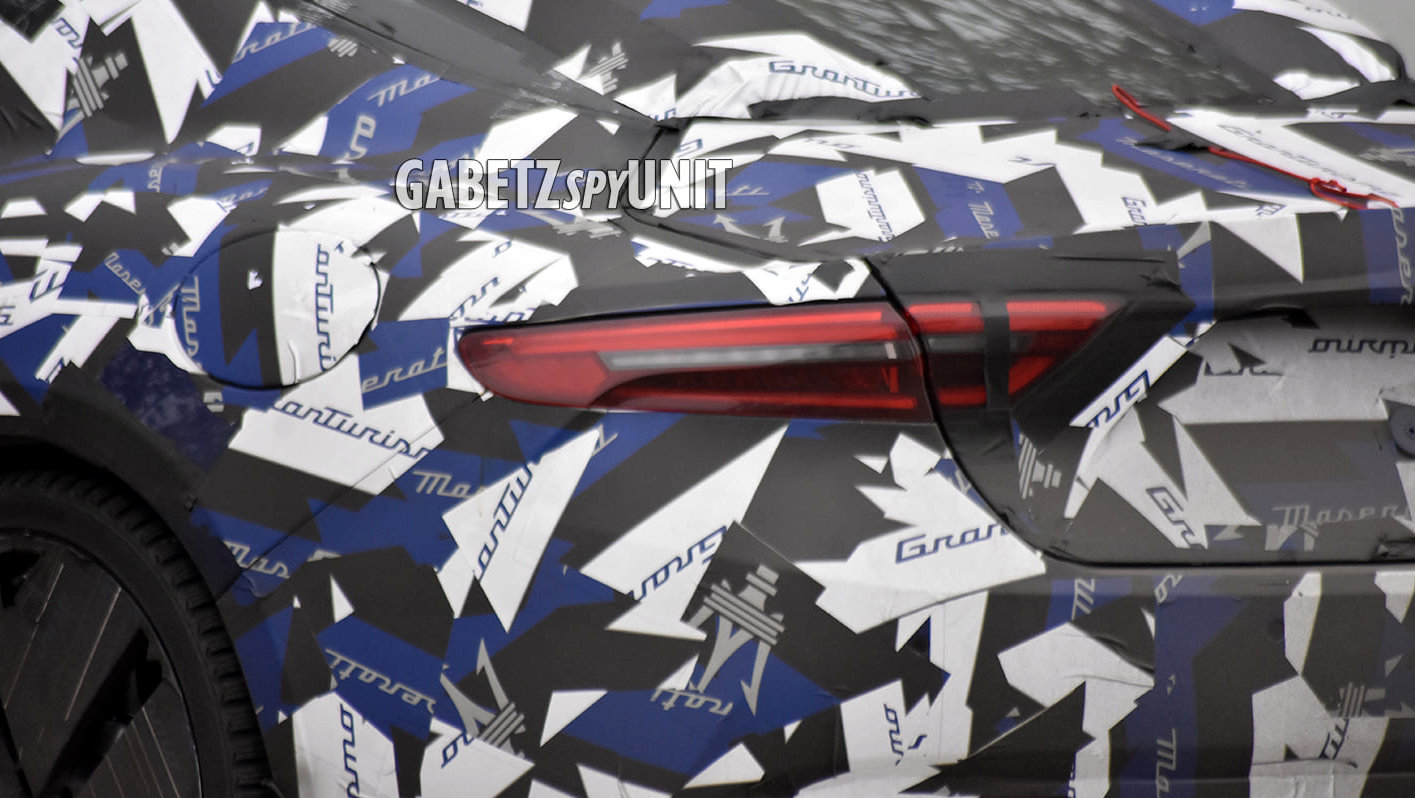
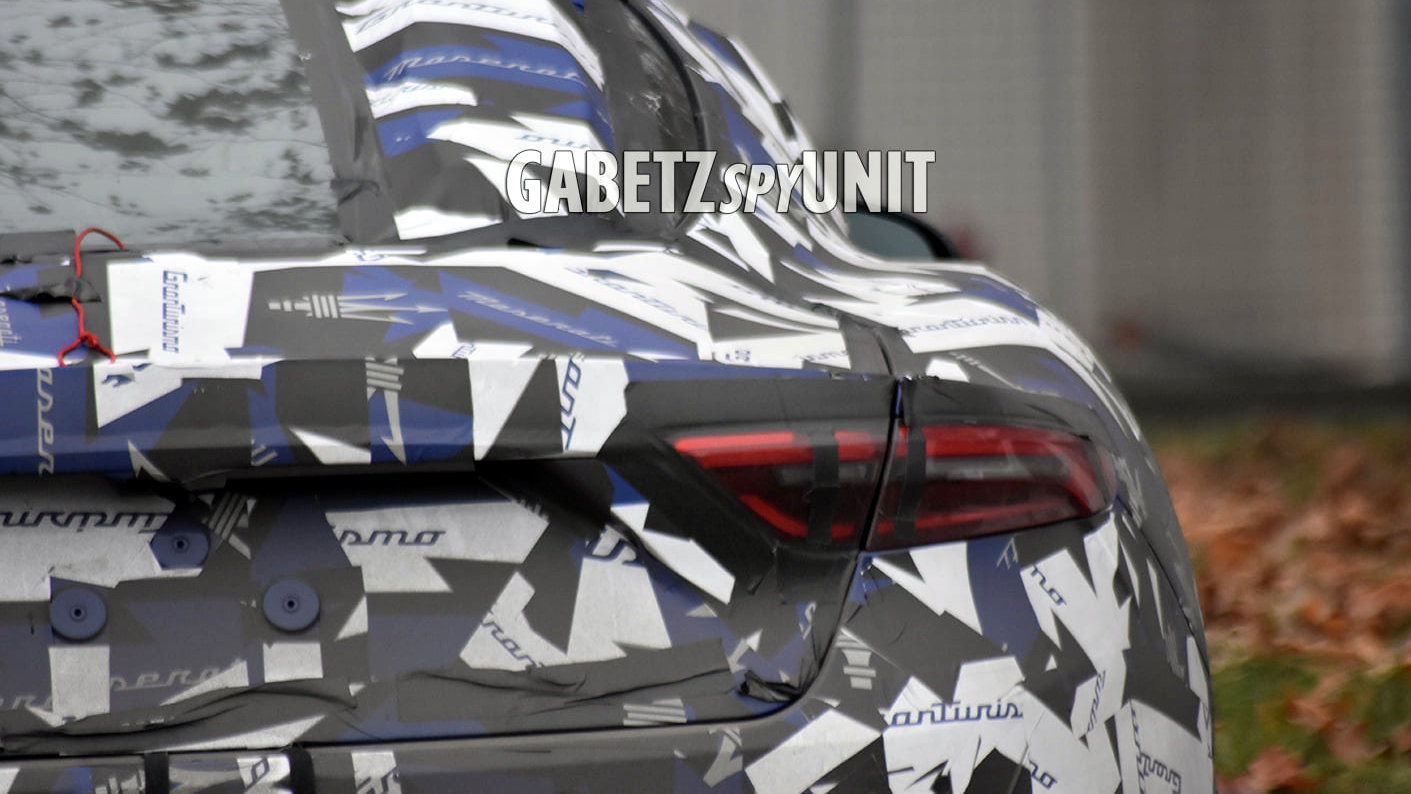
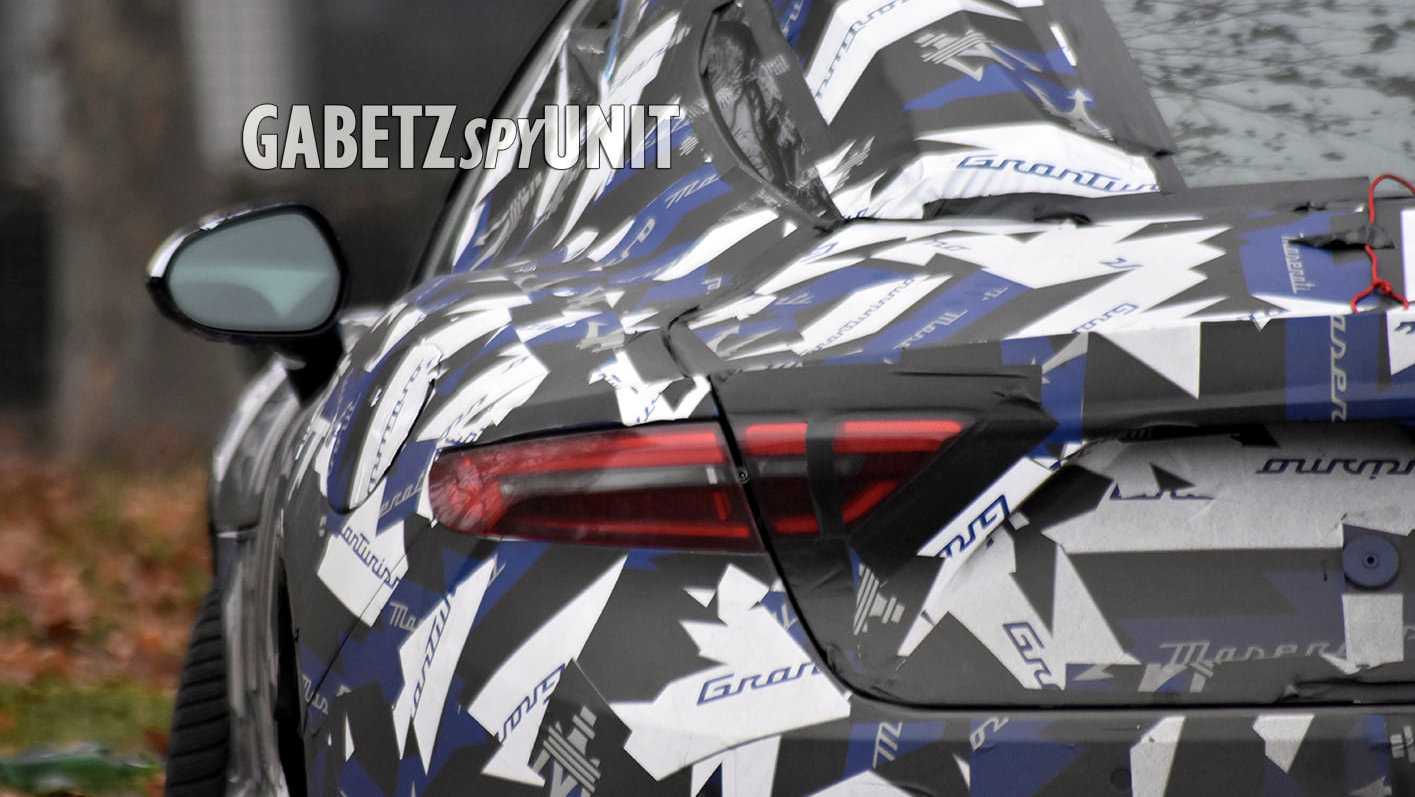
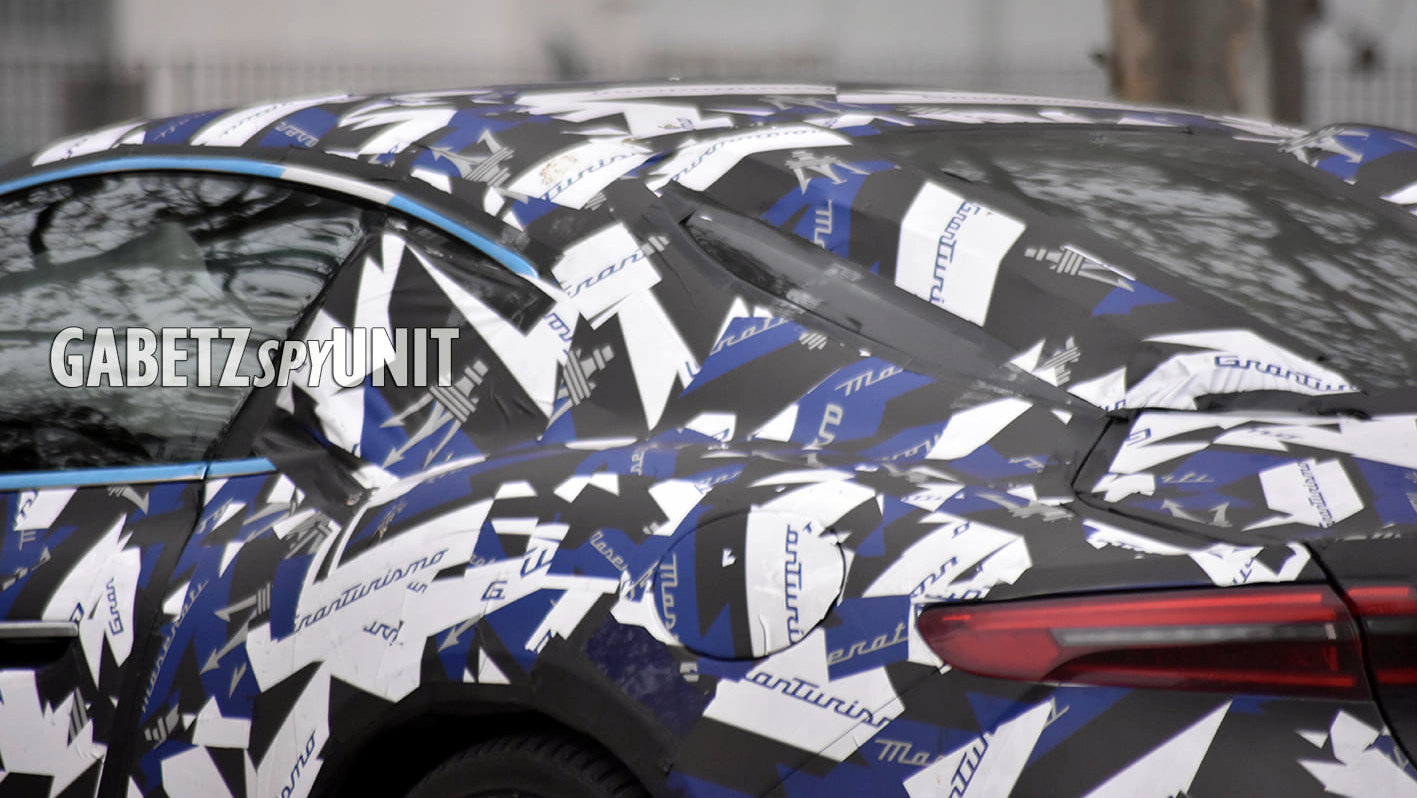
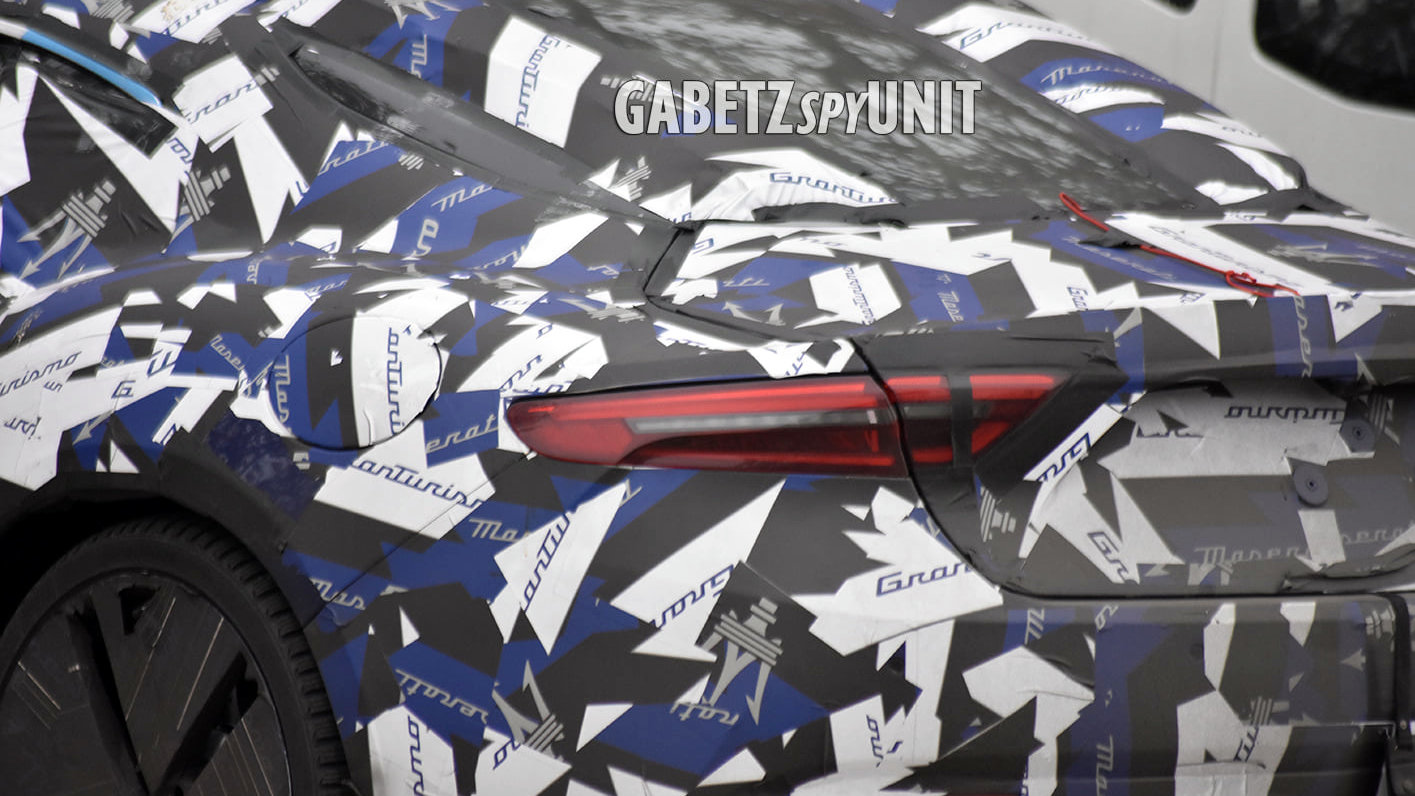
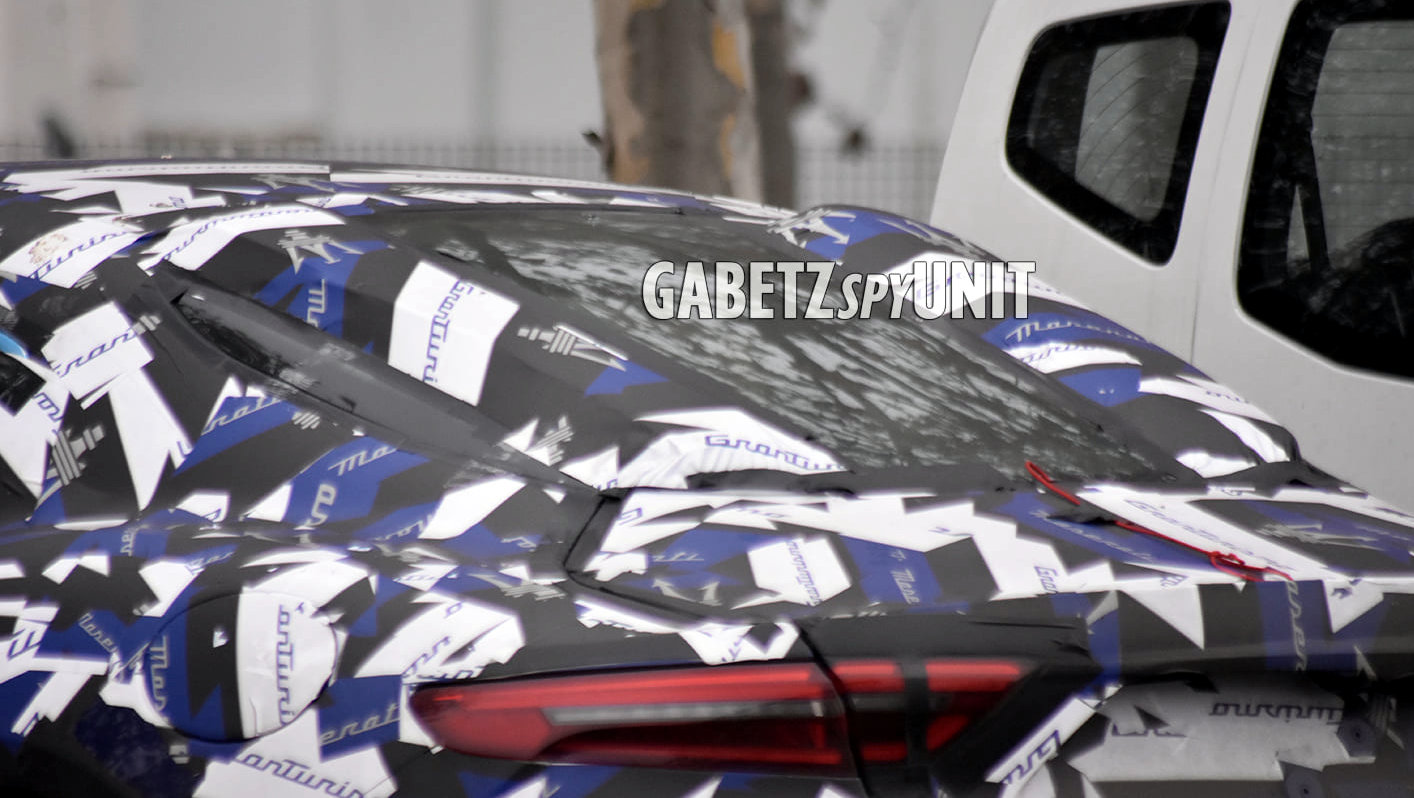
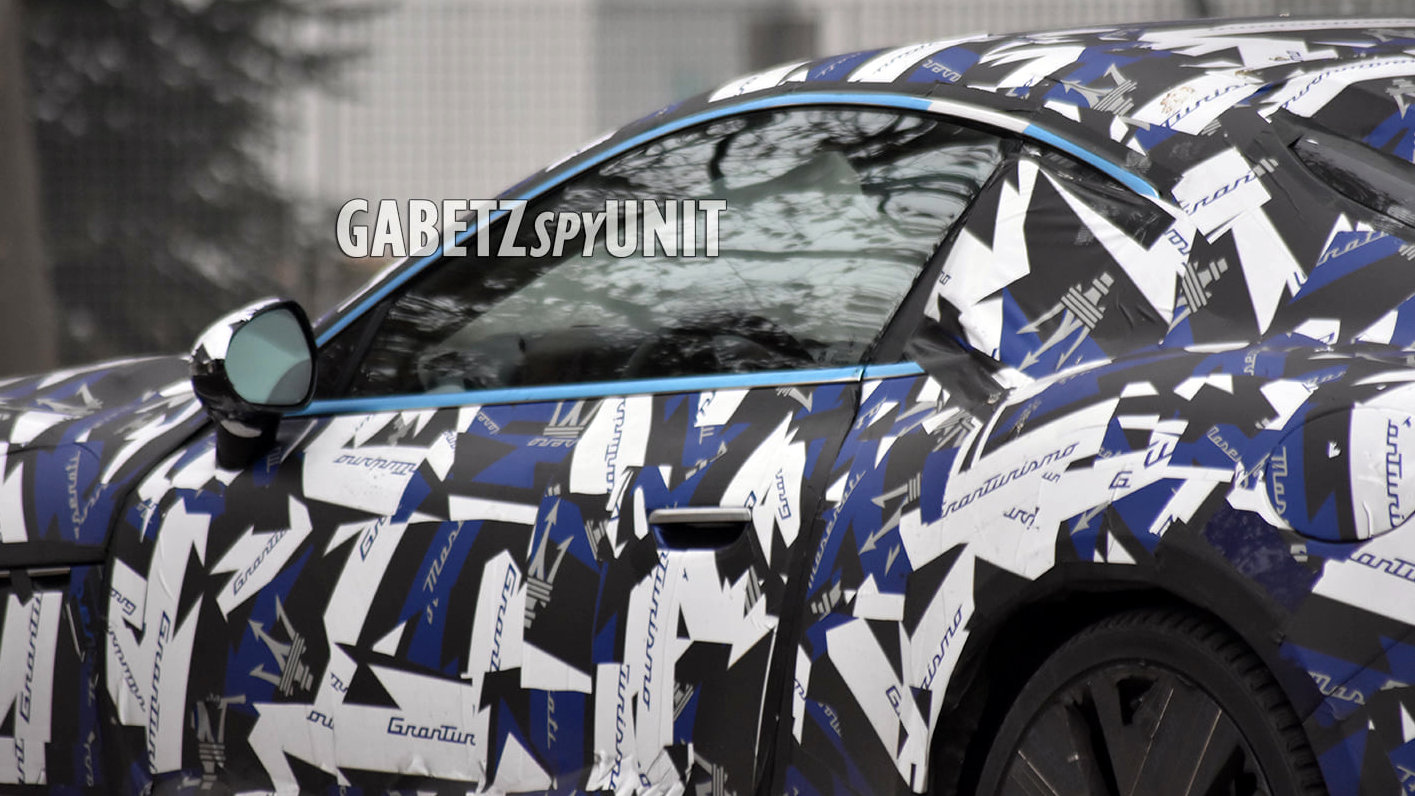





No replies yet
Loading new replies...
Join the full discussion at the Mopar Insiders Forum →